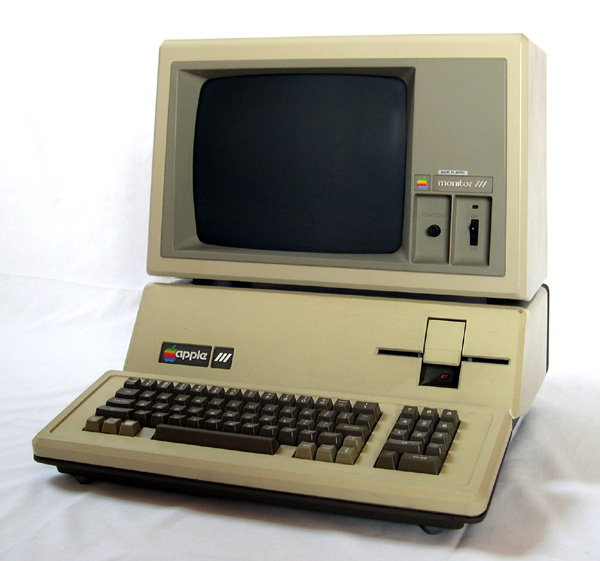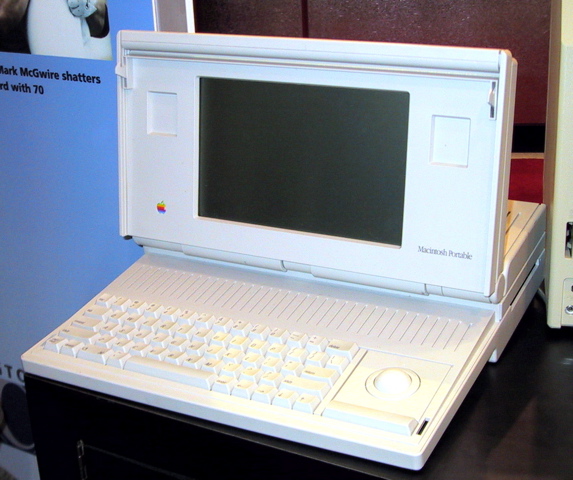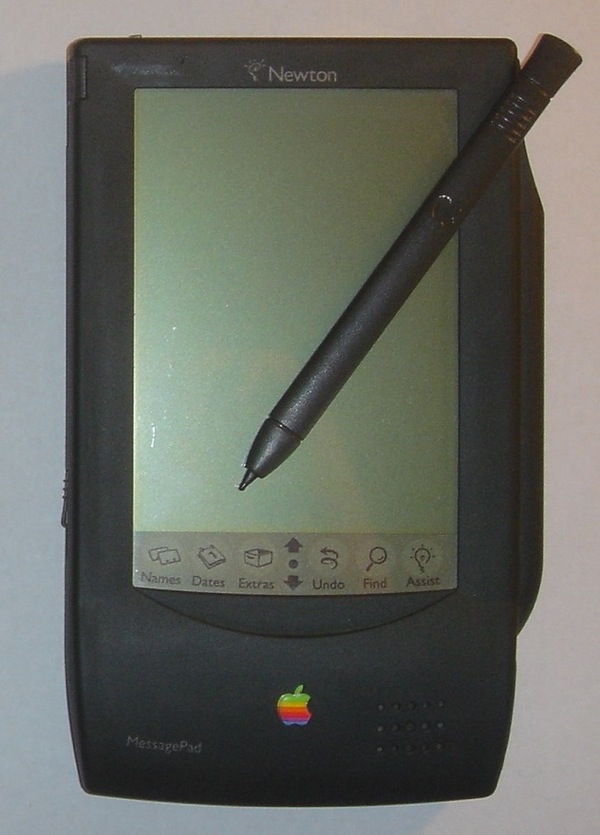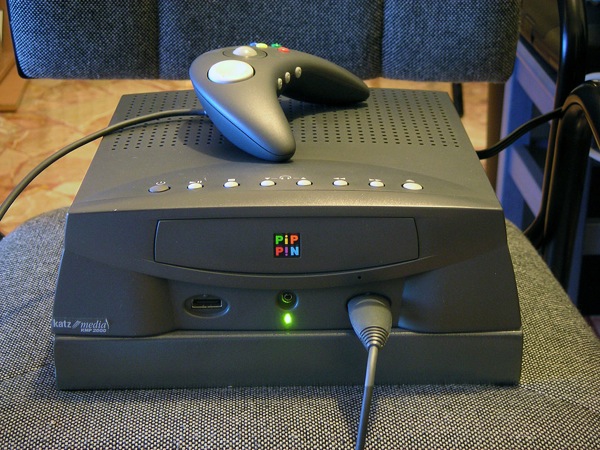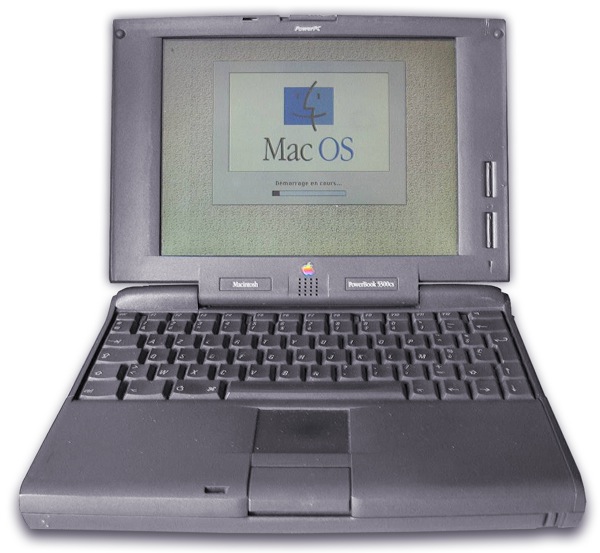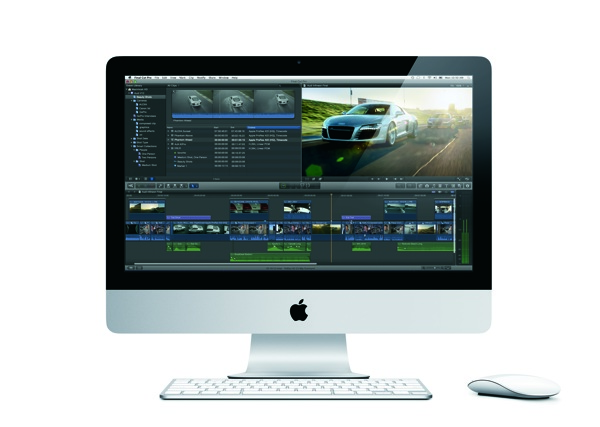Apple has always made great products, but nobody’s perfect. They’ve managed to create some real stinkers in addition to breaking new ground.
The Apple III
In 1980, Apple had convinced themselves that the successful Apple II line, launched three years earlier, was becoming long in the tooth. They designed the Apple III to be the ultimate business personal computer. Steve Jobs insisted that the machine not have a noisy fan. The computer, naturally, was prone to overheating, which got so severe that the chips worked their way out of their sockets. Customers who complained were, legend has it, told to pick up their machines a few inches and drop them in an attempt to reseat the chips. Apple eventually replace the faulty motherboards and redesigned the machine, but by that time, IBM had stolen their thunder with their own PC, and it was too little, too late. Its $4000-plus price tag made it much more expensive than most PCs of the time, and the Apple II emulation didn’t work very well. Apple learned their lesson, focusing on the Apple II line and incorporating the Apple III’s best features into the hugely successful Apple IIe a few years later.
The Lisa
You might think that the original Macintosh was Apple’s first GUI computer. But the Apple Lisa, named after Steve Jobs’ daughter and released a year before the original Mac, was Apple’s first foray into what was then a mind-blowing new way of interacting with a computer. The Lisa had many features that wouldn’t become standard for years, such as support for multitasking. But at over $10,000, the machine was simply priced out of the reach of most people. It did have its fans. NASA bought a lot of them just for the advanced project management software that was available (this turned out to be a huge problem when the machine was discontinued), and for several years it was the only way to create programs for the much more successful Macintosh. The Lisa was just too far ahead of its time to be profitable.
Macintosh Portable
Apple’s portable products inspire envy everywhere, but there was a time they didn’t have all the kinks worked out. In 1989, Apple decided to release the first Mac laptop, the Macintosh Portable. The tech specs were advanced for its time, but the screen, lacking a backlight, was hard to read in low-light conditions and if the battery couldn’t take a charge, the machine wouldn’t get powered at all. If you owned one, you could save a lot of money on a gym membership. The computer weighed 17 pounds, a creative definition of “portable.” A couple of years later, Apple would fix these problems with their acclaimed PowerBook line.
Newton
Newton was Apple’s attempt to create a whole new portable market. Like the Lisa, it was too advanced for its time, and people just didn’t get it, becoming one of Apple’s most notorious failures. Much of the criticism came from its handwriting recognition software. Most users weren’t willing to invest the time necessary to train the Newton to recognize their chicken-scratch writing, but Newton fans swore by it. Palm took Newton’s ideas and made them successful, and Apple later perfected mobile devices. The iPhone even uses the same processor, the ARM, that the Newton devices did.
Pippin
Although Apple’s making inroads into gaming today with their iOS devices, in the ’90s, they had the bright idea to make a video game console out of the Mac. The problem was that Macs haven’t exactly been a popular platform for games instead. The Pippin, a joint venture with Bandai, promptly failed in the marketplace when it was released in 1995.
The Exploding PowerBook
The PowerBook 5300, when it was released in 1996, was supposed to be a breakthrough for Apple. It was the first laptop to use a PowerPC chip and a lithium battery. But the battery might not have been ready for prime time. It had a small problem: it burst into flame on occasion. It only happened with a few prototypes and not in production models, but this was enough for them to change it to a nickel metal hydride, which was then standard for laptop batteries.
Final Cut Pro X
You can’t please all the people all the time, but if all of those people are professional film and TV editors, watch out! While the latest version of Final Cut Pro was a much-needed rewrite, it lacked features such as the ability to export to tape. Cue Internet rage. Final Cut Pro X had the dubious honor of being the first video editing package to be mocked on Conan O’Brian’s show. Apple later posted an FAQ saying that they planned to implement some of the missing features on future versions, and make it easier for third parties to create plugins. Only time will tell if the editors follow through on their threats to move to other editing packages.
We’ve also covered the release of Final Cut Pro X and pointed out how some of its criticism could have been avoided.

